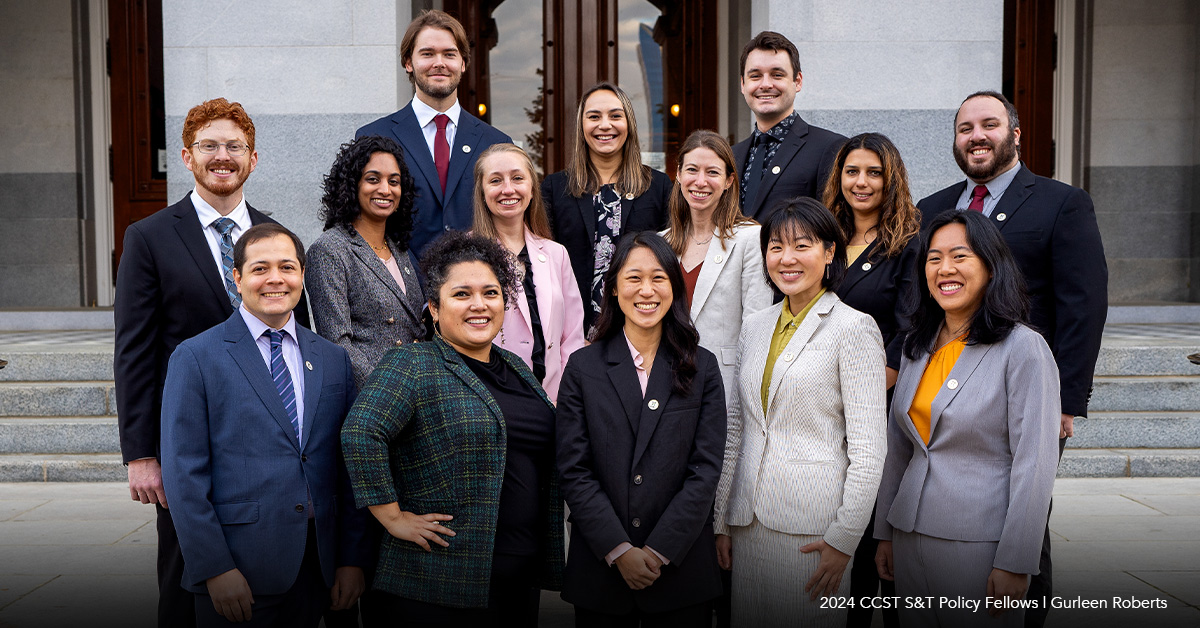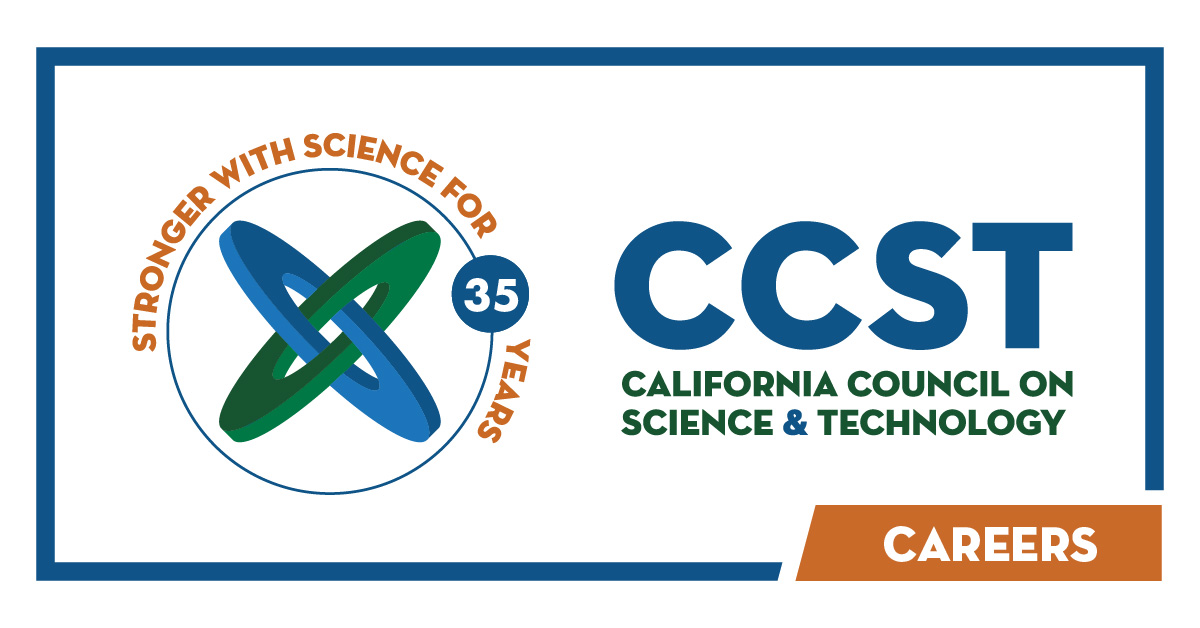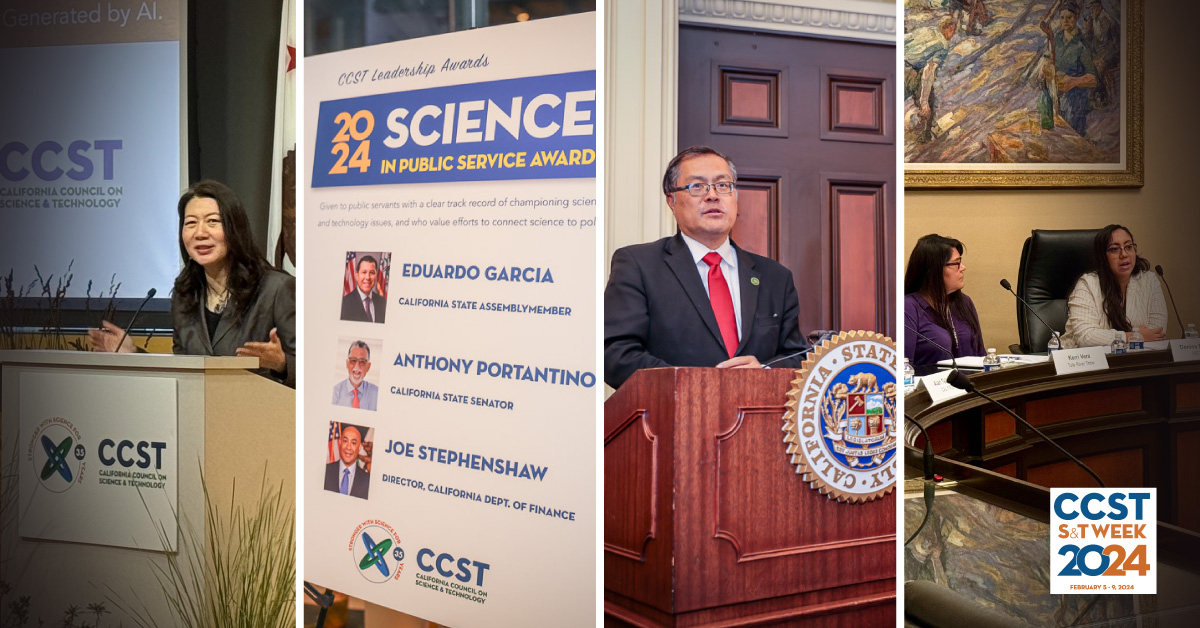Looking Ahead: Mapping Energy Demand in 2050
October 13, 2009 | CCST Newsroom | Contact: M. Daniel DeCillis
California has two ambitious targets for reducing greenhouse gas (GHG) emissions. The first, proposed by Governor Schwarzenegger in 2005 and codified in the Global Warming Solutions Act of 2006 (AB 32), requires that emissions in 2020 be no higher than emissions in 1990. The second, also proposed by the Governor, calls for California’s emissions in 2050 to be 80% below the 1990 level. President Obama has suggested a similar 2050 target for the country as a whole. Meeting this target while also assuring adequate and affordable energy for California is likely to require a dramatic transformation in the state’s energy system.

“Determining the energy system of the future involves several issues, including the extent to which we can control demand, how much we will end up electrifying our transportation, and how we will decarbonize electricity and fuel production,” said Jane Long, Center for Global Strategic Research and Principal Associate Director at Large, Lawrence Livermore National Laboratory. “CCST’s California’s Energy Future (CEF) project is looking at a variety of possible scenarios to help the state understand what its choices are.”
The CEF study, funded by the S.D. Bechtel, Jr. Foundation, the California Energy Committee, and the California Air Resources Board is drawing upon the expertise of some 40 experts from California universities, national laboratories, and other organizations. These experts have applied their own insights as well as existing energy research by such groups as Lawrence Berkeley and Lawrence Livermore National Laboratories, Google. org, and the Electric Power Research Institute to construct possible “portraits” of California’s energy system in 2050.
“To construct these portraits we are first exploring the outer bounds of how much we might ask of key technologies such as end-use technology, renewable energy, carbon sequestration or nuclear power, evaluating the likely realism of the scope of change required for each,” said Long. “Our technology ‘stress tests’ are based on technical potential and will identify the gaps in technology that would have to be filled if we are to have enough emission-free energy in 2050. For example, what new technology would we need if we were to simply use 80% less energy to do the same functions we rely on today, or draw 80% of our energy from nuclear plants or renewable energy? This is the art of the possible.”
After the CEF group completes “stress testing” these technologies, this will enable the group to develop realistic energy portraits for California in 2050, identifying combinations of energy-efficiency steps, energy carrier and supply options that can most realistically and economically get California to the 2050 target on time.
The final step will be to examine the policy implications of the CEF proposals.
“The realistic portraits will have major implications for California’s economy and public policies,” said Long. “For example, if one wants to build many more renewable energy facilities or wants to consider building advanced nuclear plants, then current laws may need revision. Similarly, the costs of new energy-efficiency measures or renewable plants may be high, and California may want to explore innovative new ways to finance them. At the same time, the switch to a low-carbon energy system may bring not only significant environmental benefits but also important economic benefits – such as new California companies and jobs.” The study is scheduled for release in early 2010, in time to impact the 2010-11 budget.






